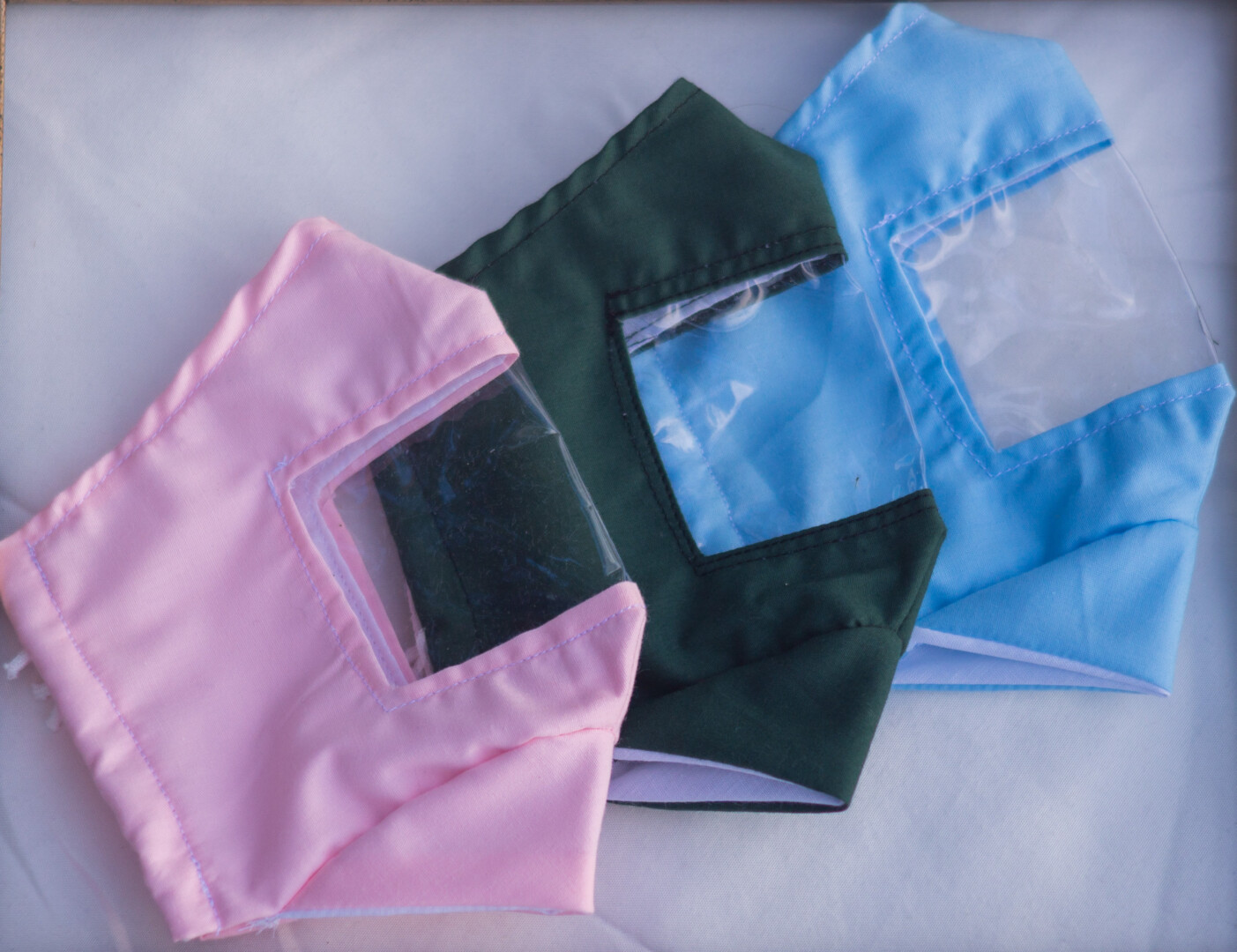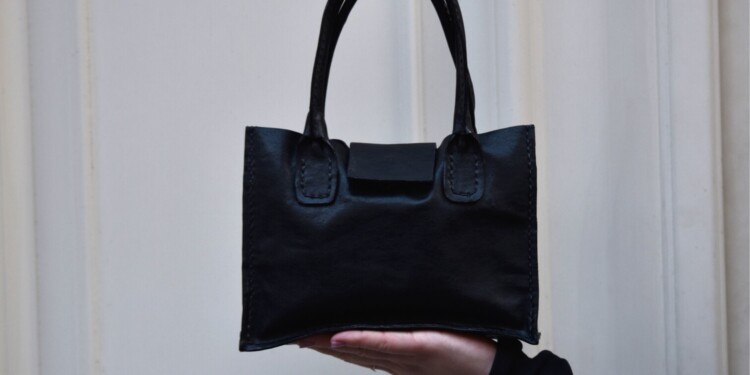According to BBC, in 2020 the fashion industry was responsible for 20% of global waste. This occurs through toxic production processes and excess products being thrown to landfills. Fashion designers are well-aware of the environmentally detrimental cost of their craft. Approximately 47% of all fiber entering the fashion value chain becomes waste throughout the different stages of garment production. How do we take these scraps and turn them into something beautiful?
There are many fashion companies that aim to revamp the fashion industry’s waste management issues. From showrooms to major brands, there are multiple examples of success in adopting a circular business model. Is it possible to find this success on a smaller scale?
Stefani Vitale, a 22 year old college student from New Jersey has recognized her responsibility as an accessories designer to reduce waste and conserve materials as much as possible. Aside from working as a technical designer for leather company Jakett, she developed her own small business, Remnants New York, which fully embodies this sustainable business model. She proves that with creativity you can truly make a sizable impact when it comes to fashion waste.
All it Takes is One Idea
They say the best ideas come from times of struggle. Stefani’s origin story started with an idea to produce masks during a surge of the pandemic. She developed her own mask which utilized a clear, vinyl mouth covering that allowed students in speech therapy to see their teachers’ mouths. Being able to read lips and see people’s mouths is critical in many communities, and Stefani was able to identify the problem and bring a simple solution. In addition to an innovative design, her production was also environmentally efficient.

When looking to create pieces from scrap fabric, usually all you have to do is ask. Look to fashion schools or fabric stores to see what kind of unused fabric is tucked away in back. For many of these places, it is much easier to donate or severely discount the fabric than it is to properly dispose of it.
“To this day, I’ve never bought fabric for masks. I asked for donations from people in my town and have produced from them ever since,” Stefani said.
You can dramatically reduce your production costs using deadstock scrap fabrics. Stefani eventually posted the prototype on Remnants’ Instagram which yielded over 500 mask orders that she produced on her sewing machine at home. She didn’t need a huge following in order to start getting large orders. At $10 a piece, this is a sizable profit considering her production costs were so low. This is an excellent way to make extra income from home without excess startup capital.
Targeting Industries With Low Sustainability Standards
As the leather industry’s public image has certainly diminished over time, Stefani looked to counteract these sentiments by minimizing her business’s production waste as much as possible. There are multiple ways she accomplishes this.
“First, I found a leather wholesaler who let me buy his scraps,” Stefani said. “These leathers either had imperfections or were excess pieces he had partially used that could not be sold at full price.”
By purchasing scrap leather, Stefani saves money on production while also upcycling valuable leather that was previously destined to be thrown out. Now, these pieces take a second life, permitting her to create handbags, wallets, and key chains of luxury grade.
In addition to conserving materials, Stefani looks to minimize her production of chemicals during the dying process. As opposed to chrome dying, which creates brightly colored leather and requires a lot of chemicals, she produces with vegetable dyes from the bases of oak bark, olive leaves, or rhubarb roots, that dry as more muted tones. These are all products that are easy to find and are available for anybody to use at home.
Try it for yourself!
Start small with just one product. Stefani was able to expand by reinvesting her earnings from her masks into her business to purchase higher quality scraps and deadstock fabric. Check out this easy tutorial for making a bag with scraps of fabric to get you started!
As the cost of production for fashion designers around the world increases by the day, we can learn so much from emerging designers like Stefani, who have adopted this self-sufficient business model. Are you interested in bringing your sustainable fashion brand to the IMPAKTER ECO marketplace? Sign up to join our community of likeminded creators by reaching out to our team of dedicated account managers. Check out our seller hub and apply now if you’d like to join us!
Editor’s Note: The opinions expressed here by Impakter.com columnists are their own, not those of Impakter.com. — In the Featured Photo: Black Hand Bag by Remnants New York. Featured Photo Credit: Remnants New York.










